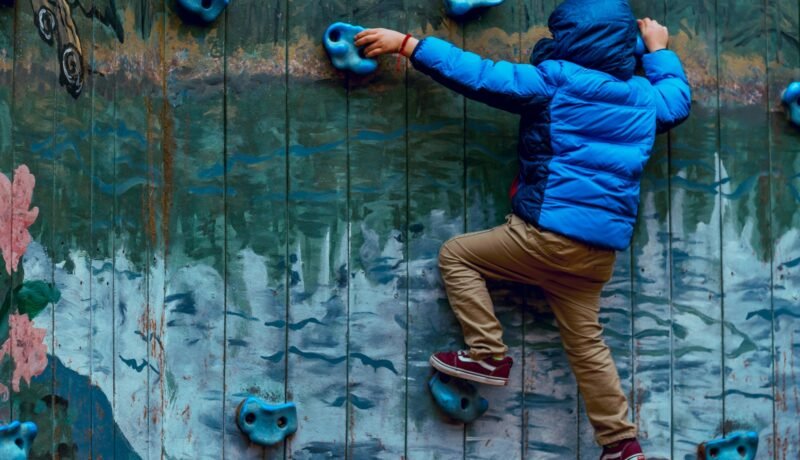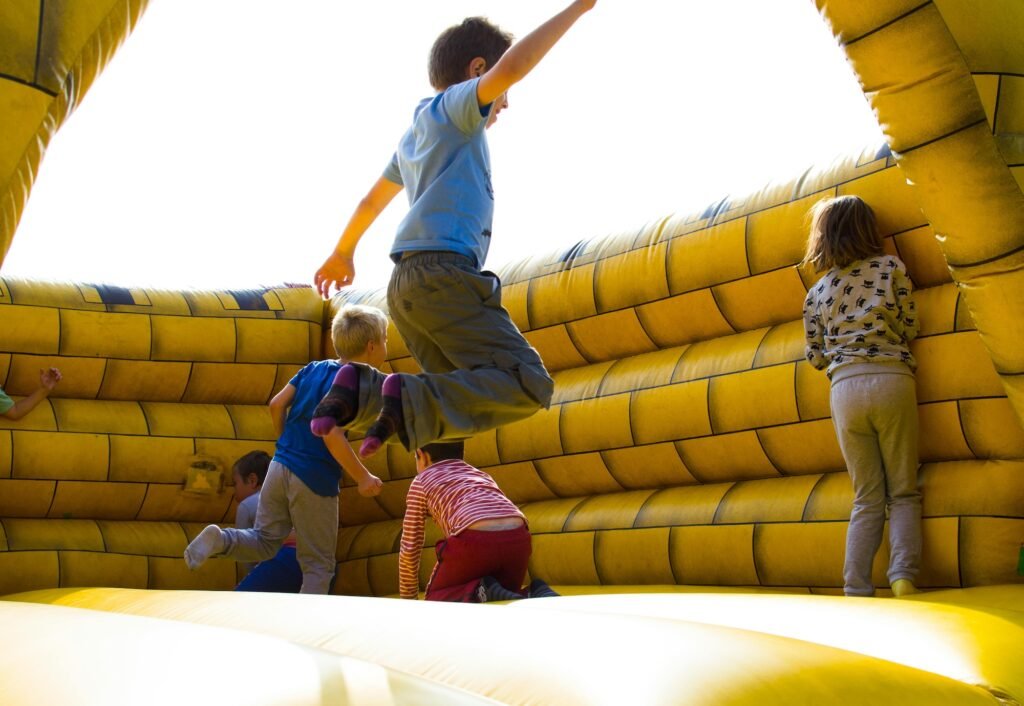Why Experience-Based Gifts Are the New Favourite

Gifts have always been about connection—the smile of having someone’s face light up in front of you, the giggles the laughter brings, and the moments you create. But the manner in which people give has significantly evolved throughout the years. More than ever before, people are opting for experiences rather than tangible objects. Rather than package something that may be left in the back of the drawer, individuals are gifting experiences in the form of adventures, workshops, and shared time that remains long after the event occurs. Gift experiences have become the new go-to because they leave behind lasting emotion.
The Shift from Possessions to Experiences
Contemporary existence is filled with objects. Houses are full of devices, furniture, and fashionable items that grow dog-eared with age. That has made people question what makes something truly meaningful as a gift. Experiences like cooking lessons, concerts, or weekend trips offer something richer. They make people live life in the moment, learn something new, and be with others.
Psychologically, gifts that are based on experiences have been tested to be emotionally higher in impact than material gifts. A tangible product can give a fleeting rush of exhilaration, but experiences become richer with age as memory accumulates. They become anecdotes to tell, molding identity and outlook in the way no material thing can.
The Joy of Shared Memories
Yet another reason why gift experiences are becoming popular is the unifying effect that comes with them. A dinner voucher, ticket to the theatre or spa treatment is seldom consumed in isolation. Gift experiences engender bonding—something all the more valuable in this digital and fast-living age. When families or friends do something together, they bond closer and create mutually remembered experiences that cannot be done with some product off the shelf.
It also falls in the realm of the broadened interest in mindful living. Everybody craves moments of presence, adventure, and creativity, and gifting an experience fosters just that. It can be learning how to paint, skydiving, or wine-tasting tour; such gifts allow the recipient to escape the mundane and relish the joy of the moment.
Experiences for Every Personality
One of the strengths in gift experiences is that they can be whatever exciting or relaxing the recipient would like. For the adventurous type, activities such as hiking, rock climbing, or going on the zipline create exciting gifts. For the comfort and peace loving type, it’s a gift of a meditation retreat or cooking class.
Children also appreciate the gift of experience. Rather than another toy that may be broken or outgrown, something is given to them that stimulates imagination and adventure. Products such as power ride on toys fit this movement just right, combining fun with outdoor adventure. They provide exhilaration, stimulate outdoor activity, and create hands-on experiences that seem alive—enabling children to tie joy with motion, education, and autonomy.
Emotional Value Over Monetary Worth
Experience gifts also mirror the growing movement in values among consumers. In place of valuing gifts in terms of dollars and prices, people value meaning. A surprise weekend trip, a personalized workshop, or even just a picnic in the park becomes seen as far more meaningful than some expensive item. The gift giver is truly seen and known with the awareness the gift was chosen to tie in with their passions and interests.
It’s this emotional richness that makes gift experiences memorable. They don’t amuse; they inspire. Every one of them says to the recipient at some deep level, “You deserve to live fully,” which is the most loving thing any gift can say.
The Rise of Experience Gifting in Celebrations
Events like birthdays, weddings, and corporate parties have also embraced the experiential trend. Guests increasingly prefer activities that make celebrations interactive and unforgettable. From escape rooms to art installations, hosts are turning moments into immersive adventures.
At such occasions, the experiential aspect like the photo booths seizes the moment of laughter and unbridled joy that characterize the event. They create souvenirs out of recollections and involve everyone irrespective of age. What used to be just an event becomes a collective narrative, relived through pictures and videos and nostalgia for the coming years.

Sustainable and Minimalist Appeal
Sustainability is also a reason why gift experiences are becoming all the rage. More and more individuals are becoming sensitive to waste and overconsumption. By gifting an experience and not an object, packaging is minimized, manufacturing waste is reduced, and the ecological impact of production is lowered. It’s the minimalist philosophy that emphasizes quality and purpose over quantity and possession.
Its evolution supports the broader movement toward conscious living and deliberate spending. Individuals discover that it’s not about having more that brings happiness; it’s about experiencing more, feeling more, and connecting more profoundly. Gift experiences epitomizes the philosophy in the perfect way by providing value without providing clutter.
Making Every Gift Feel Personal
Personalization is the secret behind the success of gifts of experiences. They allow the giver the opportunity to customize the experience to the recipient’s personality, his/her interest/passions or dreams. A music lover receiving tickets to the concert or an aspiring chef receiving an in-studio cooking lesson – such experiences narrate something meaningful and emotional.
It also becomes all the more rewarding to give. The giver rather than taking something off the shelf takes the trouble of selecting the appropriate surprise. The emotional effort involved in this makes the giving just as rewarding as the receiving.
A Future Focused on Meaningful Connections
Experience gifts are not fleeting fancies; they’re a cultural phenomenon. Individuals are becoming aware that time, connection, and emotion are worth innumerable times more than material acquisition. By sharing in the form of a meal, an adventure trip, or an art/craft activity, such gifts give us back the realization of what’s most important: being there, creating moments, and sharing in life’s moments together.
Now that gift-giving is also becoming more innovative, experiences will be the gold standard of meaning and happiness. They confirm that the greatest gifts may not be wrapped in papers or adorned in ribbons—the greatest gifts are the ones that imprint the heart and mind.
